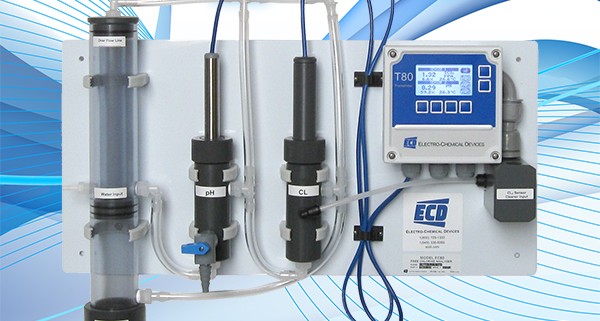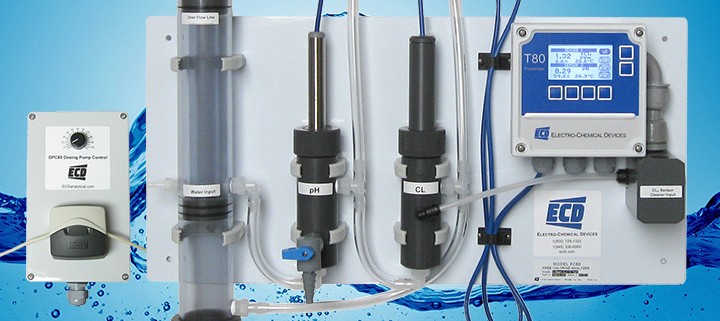ATEX and IECEx Approved X-80 Analyzer System Goes Where Others Can’t Into Hazardous Area Process Conditions
Ideal For Petro Chemical Production, Refining, Distribution and Storage
 Anaheim, CA—September 13, 2017—Plant engineers in the petrochemical industries required to measure pH, ORP, DO, conductivity, resistivity or various specific ions where potentially explosive, combustible or flammable conditions exist will find the X80-S88 Analyzer System from Electro-Chemical Devices (ECD) provides safe, reliable liquid monitoring.
Anaheim, CA—September 13, 2017—Plant engineers in the petrochemical industries required to measure pH, ORP, DO, conductivity, resistivity or various specific ions where potentially explosive, combustible or flammable conditions exist will find the X80-S88 Analyzer System from Electro-Chemical Devices (ECD) provides safe, reliable liquid monitoring.
The highly intelligent X80-S88 Analyzer System is an ATEX and IECEx certified product family which features a sealed 316 stainless transmitter and sensors that offer an impressive pedigree of hazardous area approvals. With a selection of sensors materials and electrode all designed for specific industrial applications, the S88 family of sensors provide long sensor life and lower maintenance cost in many installations that other sensors cannot withstand..
The petrochemical industries require liquid analysis of corrosive fluids, cooling water, rinse waterand other process liquids to protect equipment, ensure quality production and for environmental compliance. The X80-S88 Analyzer is ideal for monitoring these fluids including: pH as an indicator of sour gas and in overhead crude; pH, ORP, conductivity and chlorine in cooling tower operation; and pH, ORP, turbidity, DO and various pIONs in wastewater effluent.
ECD’s Model X80 Universal Transmitter is available as either a single or a dual-channel instrument for continuous measurement with standard MODBUS or optional HART digital bus communications and three optional alarm relays. With its advanced electronics, the modular X80 Transmitter communicates with any Model S88 Intelligent Sensor, automatically configuring the transmitter’s menus and display screens to the desired measurement parameter.
Designed with a rugged 316 stainless steel housing and large easy-to-read sealed display, the X80 Transmitter and ECD’s S88 Sensors eliminate the need to inventory multiple instruments. These advanced S88 Sensors facilitate two-way communication with the X80
Rugged Liquid Analyzer for Hazardous Areas
Transmitter and automatically convert it to the chosen parameter. Where feasible, the X80 also can be used with standard S80 Sensors at reduced cost to measure the same parameters in non-hazardous areas.
Highly intelligent, the S88 Sensor’s measurement parameter, its identity and serial number are all stored in the S88 Sensor’s memory along with calibration registers for parameter measurements. These sensors are pre-calibrated at the factory, and so they’re ready to use right out of the box and can be immediately connected to the X80 Transmitters. The rugged S88 Sensors are waterproof and submersible with all internal components epoxy encapsulated.
The S88 Sensors are the smart sensor choice for a wide variety of applications, including oil/gas production, petrochemical refining, electric power generation, water and wastewater treatment and more. The S88 Sensors feature two universal sensor designs: (1) insertion/submersion or (2) valve retractable with flared end to prevent blow out. The standard S88 Sensors have a rugged 0.75-inch O.D. 316 stainless steel body with a 10-foot (3 meter) cable or an optional waterproof detachable cable assembly.
The X80 Transmitter features a large (2.75-x-1.5 inch) easily viewable 128-x-64 pixel LCD display with three easily switchable main display screens for data, millivolt and graphics. The display comes with a gray background and black lettering for loop powered instruments or with a blue background and white lettering with LED backlighting on 24 Vdc powered instruments.
About Electro-Chemical Devices
Electro-Chemical Devices (ECD) is a manufacturer of liquid analytical process instrumentation. Founded in 1977, ECD has been in business for over 40 years and has built its industry leading reputation by its commitment to customers through this basic approach: Provide quality products, develop technical innovations and provide responsive, knowledgeable service.
Company Contact: Ryan Balgos
Company Address: 1500 N. Kellogg Dr., Anaheim, CA 92807 USA
Web:https://www.ecdi.com Email: [email protected]
Tel: 800-729-1333 Tel:714-695-0051Fax: 714-695-0057
Editor’s Contact: Randy Brown: 909-223-6700Email:[email protected]Web: www.rbmarketing.com

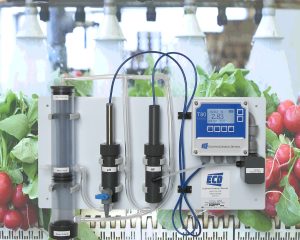





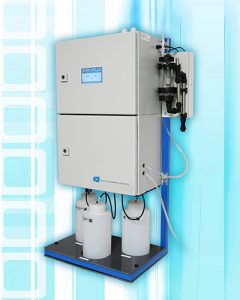

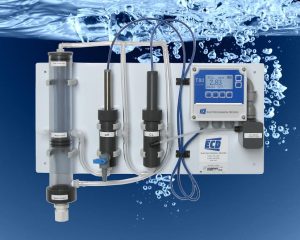
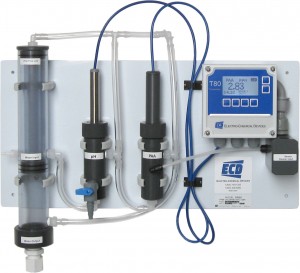 Anaheim, CA—February 2016—Process and plant engineers responsible for maintaining sanitary product, process and equipment environments will find the new panel mounted
Anaheim, CA—February 2016—Process and plant engineers responsible for maintaining sanitary product, process and equipment environments will find the new panel mounted 


